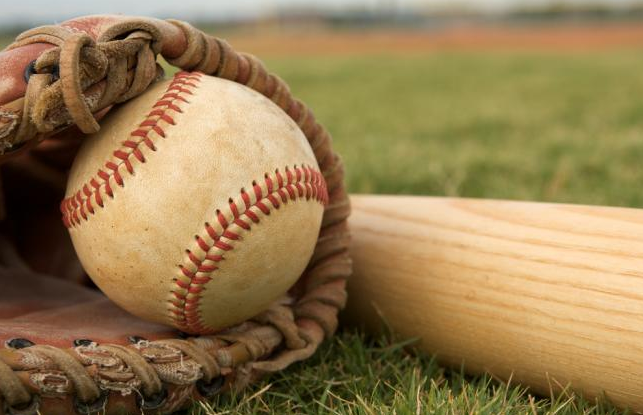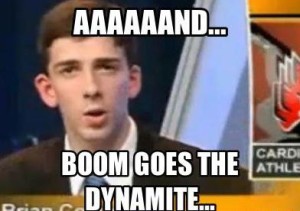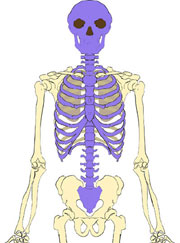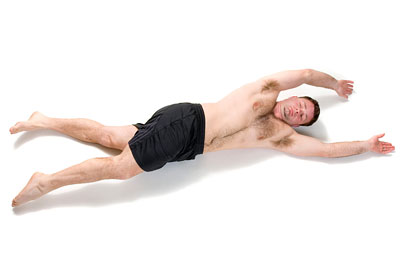One of the perks of my current position is to work with a handful of professional baseball players during their off-season.
It’s an awesome mix of laid back chat about what kind of music is best played over the speakers during the first few ping pong matches in the morning, and chirping at each other about their respective seasons. You literally can’t find anything like it anywhere else.
Much like that combination, there are a few ways to combine a few seemingly random exercises into an amazing concoction of, how do I say it? “Boom.”
One combination that I’ve been using to mucho success in the past few months can be found in the warm-up and cool down aspect of the lifting session. It involves a positional breathing drill aimed at resetting the nervous system, and followed up by a static hold of the glenohumeral (or shoulder) joint to ensure range of motion is kept in line.
1. Deep Squat Belly Breathing – 2×5 Exhales (2 sets x 5 Exhales)
2. Supine ER & IR Hold – 3x5sec hold/side
Note: The order here is important.
Why?
Performing a Deep Squat Belly Breathing will reduce extensor tone, which means the latissimus dorsi will hopefully be attenuated as a stabilizing muscle group. The posterior pelvic tilt that is also encouraged will also be included to really emphasize the abdominal musculature and to hit home the idea of ribcage position and diaphragmatic contribution to improving all around movement quality of the individual.
Please Raise Your Right Hand…
Meow* for the individual aspect, brought to you by the supine external rotation and internal rotation hold. I’m of the belief that you should give the individual what they need, making sure to not be subjective with your exercise selection. If this person happens to be a right handed baseball pitcher, doesn’t have any injuries that will limit them from moving appropriately, or just happens to be an individual that needs shoulder internal rotation – this exercise may be the correct one for you.

Let’s take advantage of our reduced extensor tone, and improve the range of motion that the glenohumeral joint can meow implement – in both internal rotation and external rotation.
Meow, the real sports specific item to discuss is the lack of glenohumeral internal rotation that is often seen in the throwing hand. If you are a pitcher, constantly looking to stretch “to feel loose” – perform these two exercises INSTEAD in order to improve control, stability, and range of motion.
More importantly, if you’re in season and looking for specific help, perform this drill AFTER you’re done pitching.
Why afterwards and not before?
If you’re pitching, you NEED more layback (which requires more external rotation on the throwing arm/dominant hand).
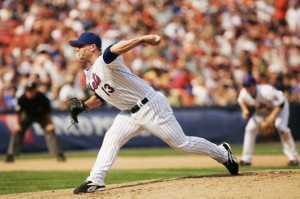
Doing these drills afterwards will help to reduce the amount of glenohumeral external rotation that you are exhibiting – the opposite of what you need if you’re going to be pitching.
However, you want to have the ability to move into and out of specific positions in order to relax your body after a physically taxing task. Reduce the amount of neurological tone that your body is exhibiting, and reap the benefits of multiple and varied movement qualities in order to excel at your sport!
As always,
Keep it funky.

*Meow

